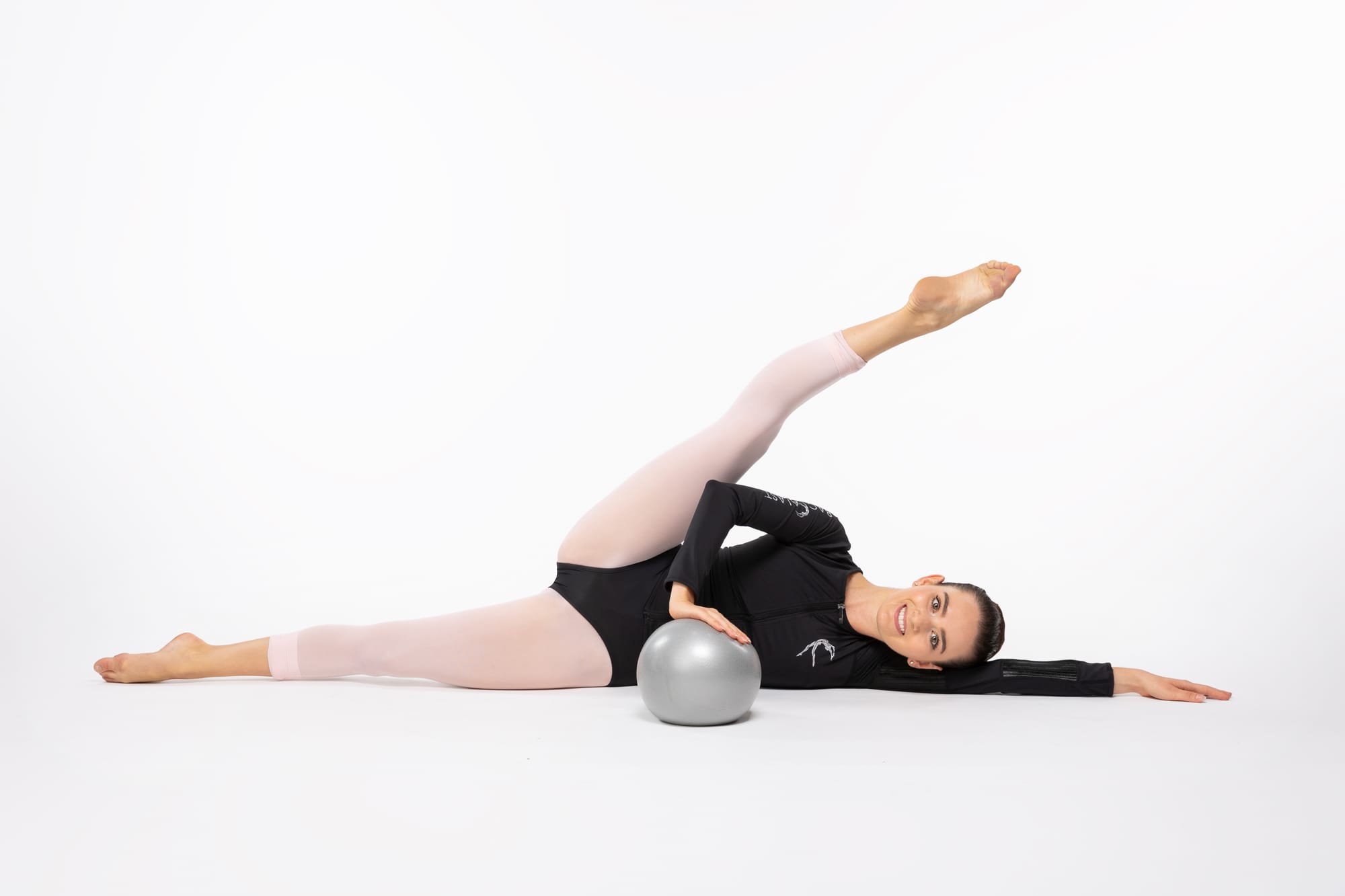In the world of dance, where grace and precision intertwine, there is an invisible force that guides dancers, empowering them to perform seemingly effortless movements: muscle memory. This extraordinary phenomenon allows dancers to execute intricate steps and sequences flawlessly, with every movement etched into their bodies through repetitive practice.
Progressing Ballet Technique (PBT), a revolutionary training system harnesses the power of muscle memory and enriches the dancer's connection with music, fostering a harmonious relationship between movement and rhythm. In this blog post, we will explore the value of muscle memory and delve into how the body stores movement patterns through repetition to music in Progressing Ballet Technique.

The Science Behind Muscle Memory:
Muscle memory is a fundamental aspect of human motor learning and is deeply ingrained within the complex neural connections of our bodies. When we repeat a specific movement or action consistently, the brain creates new neural pathways that optimize the efficiency of that particular motion. These pathways, reinforced through repetition, allow signals to travel swiftly from the brain to the muscles involved, resulting in improved coordination, accuracy, and fluidity.
The Role of Repetition in Progressing Ballet Technique:
Progressing Ballet Technique takes advantage of the principles of muscle memory by utilizing repetitive exercises and movement patterns to instill muscle memory in dancers. These exercises target specific muscle groups, refining technique and enhancing overall performance. By repeatedly performing these exercises, dancers develop a deep understanding of their bodies, honing their ability to execute movements with control and precision.
The Synergy of Music and Movement:
Progressing Ballet Technique incorporates music as an integral part of its training methodology. The rhythmic patterns and melodies in music offer a unique framework for dancers to synchronize their movements, allowing them to internalize the rhythm and express it through their bodies. Music acts as a powerful catalyst, guiding dancers to establish a profound connection between their movements and the soundscape surrounding them.
Enhancing Musicality and Artistic Expression:
By immersing themselves in the marriage of movement and music, dancers training in Progressing Ballet Technique cultivate a heightened sense of musicality. They become attuned to the subtle nuances and accents within a piece of music, allowing them to infuse their performances with a deeper emotional resonance. As dancers develop a keen understanding of the relationship between music and movement, they transcend the mere execution of steps and embark on a journey of artistic expression.

The Fluidity of Muscle Memory and Choreography:
In the realm of dance, muscle memory acts as the bridge that links technique and creativity. As dancers internalize the movement patterns through repetition, they free their minds to explore the depths of artistic interpretation. Muscle memory becomes a trusted ally, allowing dancers to execute complex choreography effortlessly, while their focus shifts towards embodying the essence of the music and evoking emotion.
Progressing Ballet Technique unveils the immense value of muscle memory and the symbiotic relationship between movement and music. Through repetition and the integration of music, dancers develop a profound understanding of their bodies, fostering fluidity, control, and precision. As muscle memory takes root, it empowers dancers to transcend the technical aspects of their craft and delve into the realm of artistic expression. The marriage of movement and music becomes a captivating dance, where the body and soul harmonize, leaving audiences captivated by the beauty and power of dance.

